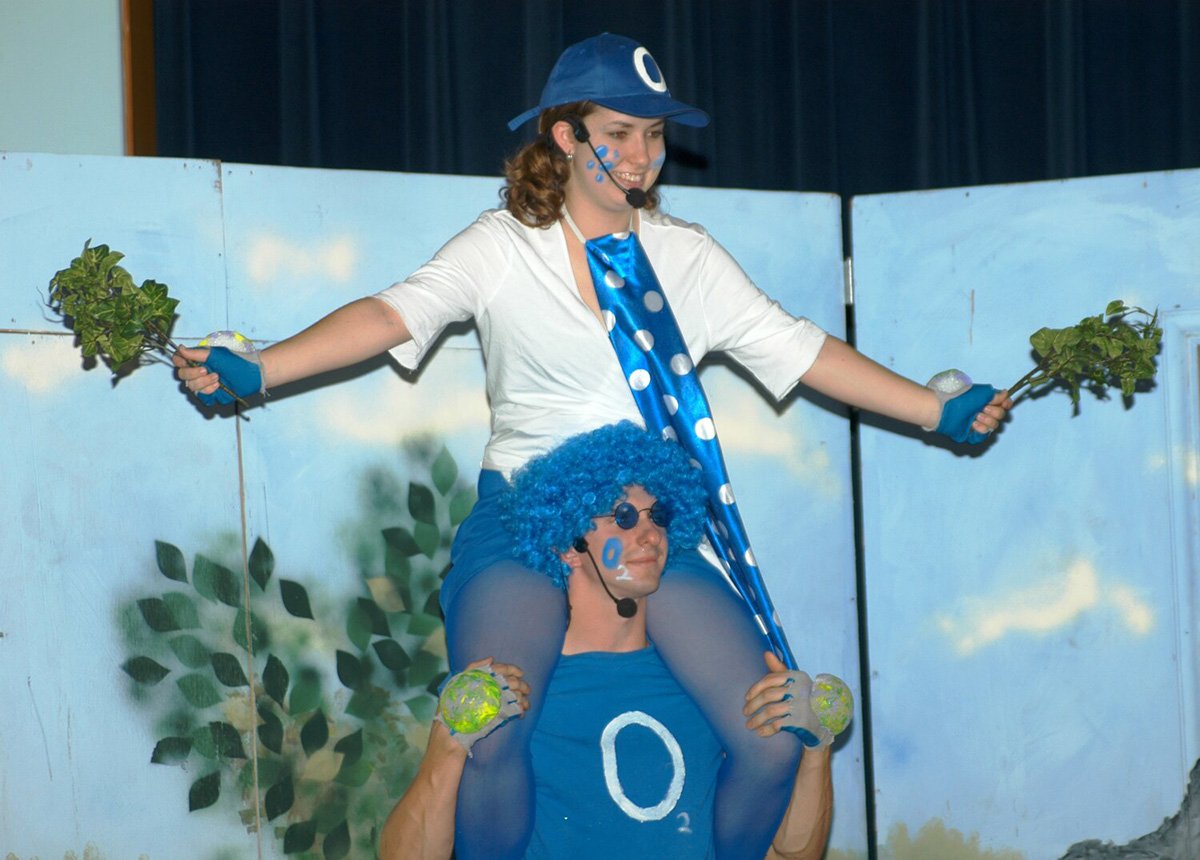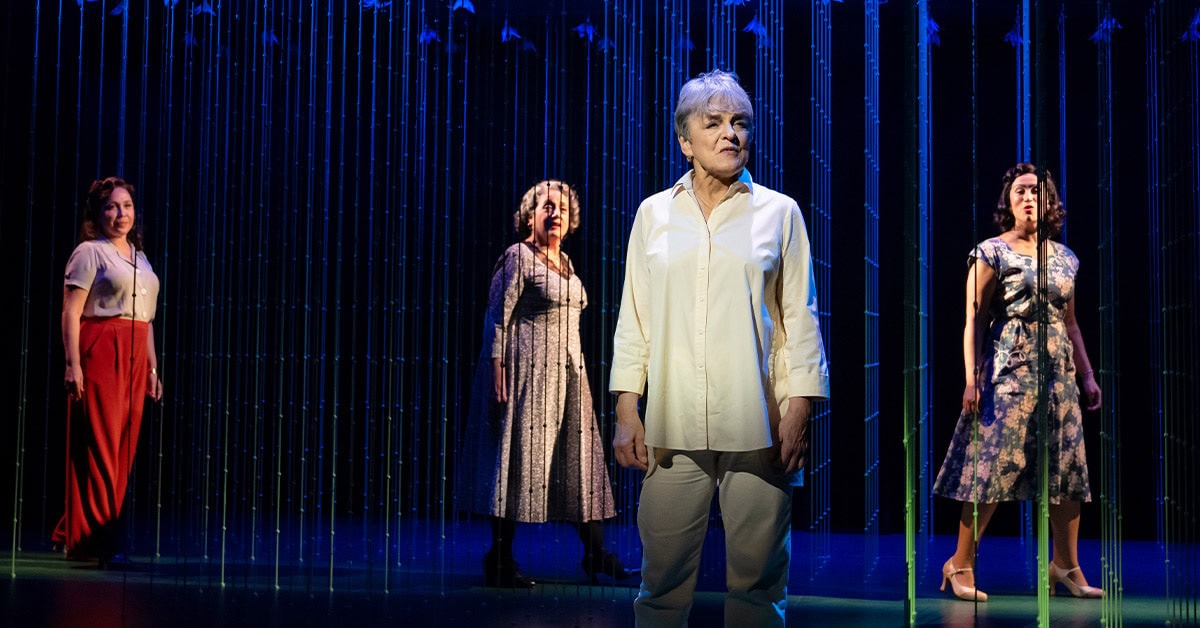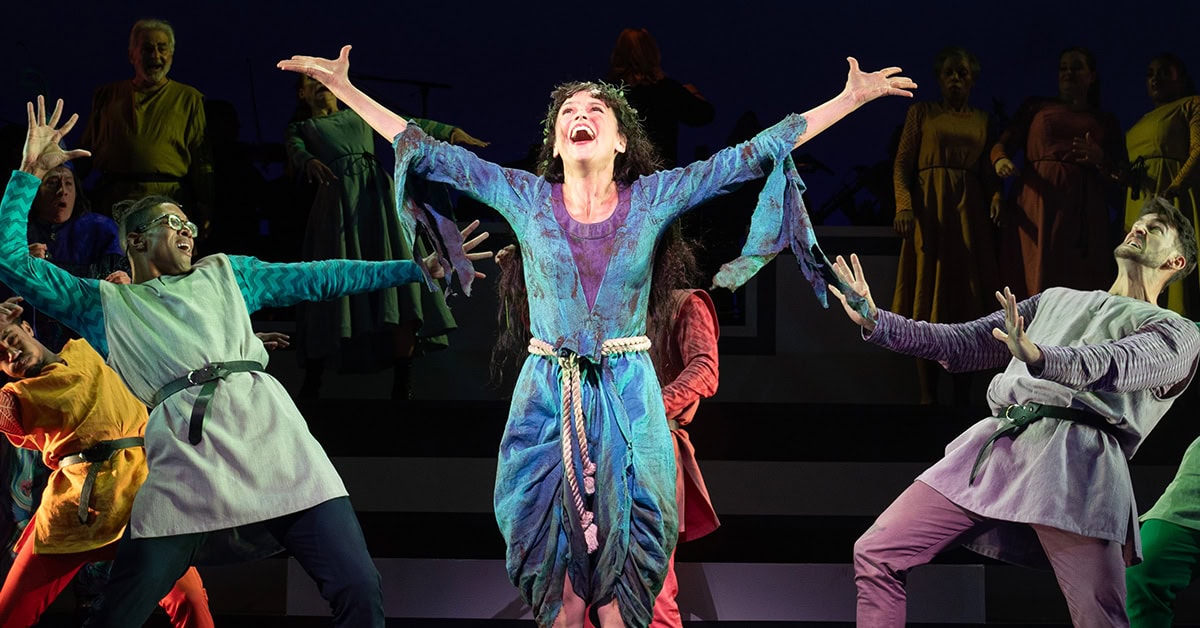
Write a play about the planet’s changing environment. That was the commission, and the challenge, from the San Diego Natural History Museum’s Carol Radford, Director of Educational Programs. How could anyone say no to a plum like that?
I’m a playwright, but I was also working for the San Diego Historical Society as an exhibit designer. The Museum of San Diego History, which I was helping to develop, is just across Balboa Park’s central pedestrian mall from the Natural History Museum. Carol had discovered I had written a few plays that had won contests or had been produced in Cleveland and Toledo, Ohio and in New Zealand.
“What were you doing in New Zealand?”
“Bird watching,” I replied, taking into account where she worked. “And toiling in theatre as well, of course. We were trying to get a little dinner theatre going in Palmerston North. But my wife and I also enjoyed hiking and adding to our life list of birds, and New Zealand is a paradise for both. But tell me more about the play you want me to write.”
“My job is all about helping young people understand Earth’s natural environment. I’m working with the University of California on a two-year teacher training program called Project COPE, which stands for Change on Planet Earth. The ultimate goal is to foster greater awareness among elementary and secondary school children of the earth sciences and the current problematic changes that are affecting our climate and planetary ecosystems in general.”
“And you want a play about this?” I asked doubtfully.
“I’m thinking a musical. Can you write songs?”
“Uhh, well, sure,” I lied.
“I think a good title would be Nature’s House,” Carol proposed.
So that was the challenge. I knew a little about music, played the ukulele, and had fun dreaming up and singing alternate or parody lyrics to favorite old tunes. Nonetheless, I would definitely need help from an experienced composer who could provide original tunes for my lyrics.
I was associated at that time with another organization in San Diego called New Works Theatre. We were a small informal group of playwrights and actors who worked together developing our ideas for plays and occasionally doing readings of works in progress. Through this network, I learned about and approached an accomplished musician and composer who was a member of and did arrangements for the 65-piece Coastal Communities Concert Band of San Diego.
Frank Nelson, composer, arranger and instrumentalist, had been a teacher and a high school band director, with numerous compositions for school bands in publication. His long musical career included playing trumpet and arranging for Alvino Rey and for the Benny Carter Orchestra. Many of his big band arrangements had been recorded by Capitol Records. He made personal appearance tours with Gene Autry, Andy Griffith, Nat King Cole, George Burns, Johnny Mathis, and many others.
At our first meeting, he told me he was experienced at composing and doing orchestral arrangements but had never tried writing melodies for original songs, and he was keen to give it a go.
How to proceed? That was the first test of our compatibility as collaborators. I asked if he would be able to compose and play a melody for me on his keyboard for which I would then write lyrics. He asked if I had any ideas or subjects in mind for songs suggested by the storyline of the play.
“It will probably be more productive for me to set your words to music, rather than the other way around,” he advised. “What happens in the play? Does someone fall in love, or get jilted, or…? ”
“Well, no, nothing like that. It’ll be all about the earth sciences and threats to the planet’s ecosystems.”
“Tell me you’re kidding.”
“Well, no, that’s the subject matter. And it has to be fun, and full of appealing characters dancing and singing catchy songs to grab and hold the attention of school children of all ages. I also want it to speak to and entertain adults.”
Frank turned out to be just as intrigued by the challenge as I was. It took a while but we hit it off like a couple of kids turned loose in a new playground.
I had roughed out a scenario for the play before meeting him that first time, and I had also outlined a few ideas for songs. I even had some lyrics for a couple of them. “Here’s one a character called Ma Hogany will sing titled I’m a Tree.”
“Hmm..,” was his only reaction as he perused my lyrics.
I left the sample songs with him and by the time I got home an hour or so later he was on the phone saying “What do you think of this…” and sang over the phone a lovely song that now provides one of the most dramatic and moving moments of the play.
We continued working together in this fashion in what we both agreed afterwards was a wonderfully creative and rewarding collaboration. The result? A variety of seven songs in different musical styles that delighted young audiences during an extended school tour over the next several years.
The play was performed more than eighty times in classrooms throughout the San Diego County School District. The touring company was composed of a tech crew of one and a nimble troop of four actors, traveling in an old station wagon with little more than a folding screen, a small step ladder, costumes, and a box of props.
Nature’s House, by Donal Davoren (aka E.A. Moore) and Frank Nelson, has been given numerous more elaborate productions since then by colleges and youth theatre groups throughout the country. There have been productions with casts numbering more than a dozen, with chorus walk-ons (dance-ons) adding to the fun of the musical numbers.
There is a growing consensus that young people throughout the world will be faced with a great many challenges posed by climate change. It will be important for them to have a basic awareness and understanding of our planet’s complex ecosystems. This play is meant to help establish that grounding, and for that reason it has now been made available to all amateur theatre groups at a specially arranged reduced licensing fee.
…
To purchase your copy of Nature’s House, click here. For performance rights, click here.
(Photo: Jim Haverstick)

Unlikely Friendships in Musicals

Women Across Generations: Shows Featuring Female Characters of All Ages

